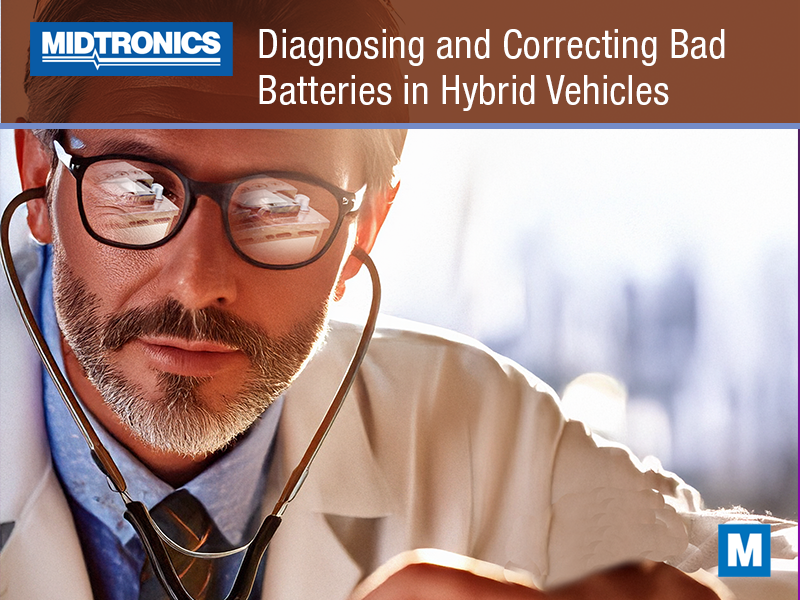It’s one of those trending topics. But will selling electric vehicles be enough for OEMs to reach their carbon neutrality goals?
Carbon neutrality in the automotive industry is influenced by a number of factors. Production emissions, driving emissions, power source and raw material production emissions, as well as investing in CO2 neutralizers (I.e., planting trees), all influence the sum total. One of the main strategies to achieve carbon neutrality is the heavy focus on electric vehicles. So, let’s see how these differ in CO2 emissions to regular gas or petrol powered vehicles.
Cradle to grave
Every new vehicle starts its life in a factory, with production emissions making up a large part of a vehicle’s total lifespan CO2 emissions. For gas and petrol powered vehicles, the production emissions average around 9.000 kg of CO2 per vehicle. For electric these numbers average around 15.800 kg of CO2 per vehicle.
The differentiation between the two, is mostly caused by the large battery packs that are used in electric vehicles. Far more CO2 consuming in production, it’s a good thing that EV’s are relatively ‘green’ in the rest of their lifetime. A gas or petrol powered vehicle will emit some 100.000 kg of CO2 in its average lifetime of 10 years. For EVs that’s about zero. Of course we must note that the power sources, be it gas, petrol or electricity, also emit CO2 in production. But with more and more countries moving to 100% green energy sources, electricity still wins the day.
So what’s the catch? It’s that darn battery. Reading the news, you’ve probably caught onto some mentions of EVs with premature battery failures, costly OE call-backs and so on. With current battery service strategies often still requiring a full battery pack replacement, this sets back the EV when looking at CO2 emissions.
Battery servicing as a green strategy
Before we recycle and turn every faulty battery pack into a supersized battery storage, it’s essential to look at what could prevent such costly and emission unfriendly replacements. Midtronics has found that in many cases an EV battery pack can be repaired by replacing a mere part of it; we’re talking module level service. And with the correct knowledge and tools, you cannot only save yourself the expense of a completely new battery pack. You may also just save a bit of the environment.
Want to become carbon neutral? The answer is not only going EV, its choosing a strategy for the battery where we waste as little as possible. With years of experience we know the path to EV service success, including plenty of know-how on module level service. Learn more about our xEV solutions.
We know the path, we paved it.




